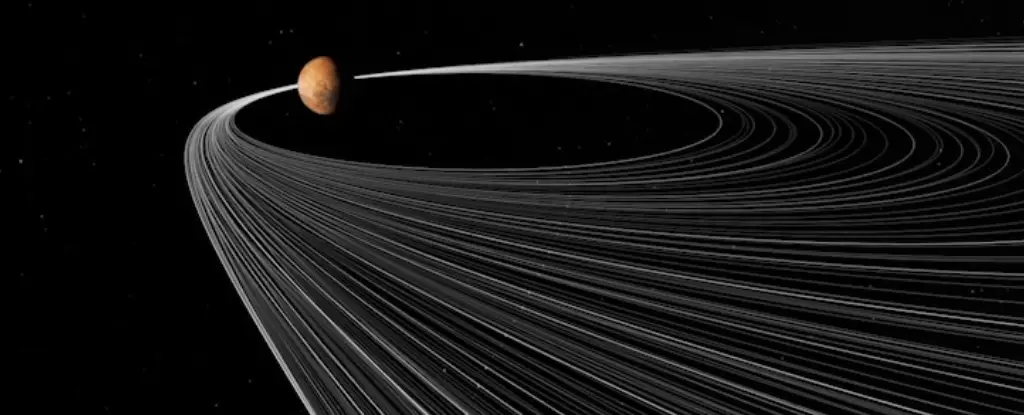Mars, often cited as Earth’s closest planetary neighbor, has garnered much fascination due to its unique characteristics and the presence of its two moons, Deimos and Phobos. Unlike the gas giants in our Solar System, Earth and Mars are the only rocky planets with moons, which opens intriguing avenues for exploration and understanding planetary formation. Understanding the origins of Martian moons, however, is a complex issue shrouded in multiple theories and ongoing research.
The origins of Earth’s Moon are relatively well understood, attributed to a collision involving a Mars-sized body known as Theia. This cataclysmic event allowed Earth to accrue a sizable natural satellite. In stark contrast, the beginnings of Deimos and Phobos remain speculative. The two small moons exhibit similarities to asteroids, suggesting that they might have been captured early in Mars’ history. Nonetheless, capturing celestial bodies poses significant challenges, especially for a planet with a gravity weaker than that of Earth and Venus—both of which possess no captured moons.
Astrophysicists examining the capture theory face a substantial hurdle: Mars lacks the gravitational strength necessary to draw in asteroids and retain them as moons. While Earth, with its robust mass, boasts a stable lunar presence formed from an impact, Mars raises the question—how can it maintain not one, but two moons, when capturing even a single small asteroid would be an extraordinary feat?
The other theory positing the formation of Deimos and Phobos suggests an ancient collision. An object, such as an asteroid or a comet possessing approximately 3% of Mars’ mass, could have collided with the planet, fracturing and creating a debris ring from which the moons would eventually form. This model aligns well with the relatively circular orbits of Deimos and Phobos, which stand in contrast to typical captured celestial bodies that tend to have more elliptical paths.
However, this collision hypothesis raises further questions, especially regarding the proximity of such a debris ring to Mars. While Phobos orbits relatively close to the Martian surface, Deimos occupies a more distant orbit, challenging the expectations of this model.
Emerging from ongoing research and computer simulations is an intriguing compromise known as the “near miss hypothesis.” This theory suggests that a large asteroid could have come perilously close to Mars, whereby the planet’s tidal forces would disrupt the asteroid, breaking it into fragments. These fragments could then fall into elliptical orbits around Mars, eventually resulting in the formation of the two moons.
This innovative model provides a broader span for the debris ring’s formation and more accurately explains the differing orbital mechanics of Deimos and Phobos. Interestingly, simulations further indicate that the gravitational interactions from other bodies within the Solar System would cause minor adjustments to these orbits over time, potentially leading to collisions that could fabricate a stable ring system.
While this hypothesis offers a more inclusive framework than those of direct capture or collision, the resolution to these theories clearly lies in empirical evidence. Future missions to study the Martian moons will be crucial in resolving the uncertainties surrounding their origins.
Excitingly, the Mars Moons eXploration mission (MMX), scheduled for 2026, holds promise for deepening our understanding of Deimos and Phobos. The mission aims to explore both moons and collect samples from Phobos, potentially unraveling the mystery of these celestial companions. By obtaining direct evidence, scientists may finally answer the lingering questions regarding the origins and characteristics of the Martian moons.
The quest to understand the history of Deimos and Phobos not only beckons exploration but underscores our planetary neighbor’s role within the broader narrative of the Solar System’s evolution. As our understanding of these moons deepens, we may uncover more about the complex dynamics of planetary formation and the intricate dance of celestial bodies that characterize our cosmic neighborhood.


Leave a Reply